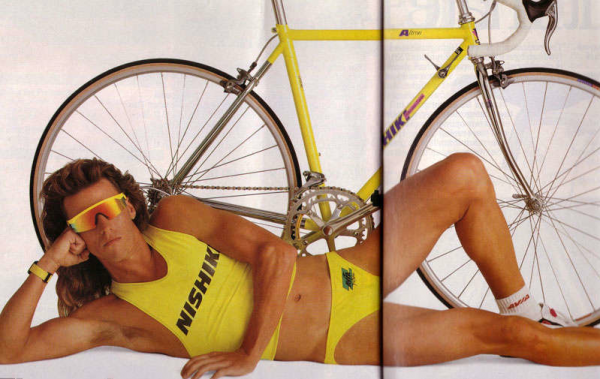A close call for Russian cyclists. It appears that the semi truck driver saw the cyclist and swerved in to on coming traffic. All the debris amazingly misses both the cyclists.

What would you be thinking if you were one of those cyclists?
I Love Bicycling is a website that is geared towards cycling for beginners with road cycling tips, training articles, nutrition tips, weight loss, how to’s and bike repair articles.
by Lee Agur
A close call for Russian cyclists. It appears that the semi truck driver saw the cyclist and swerved in to on coming traffic. All the debris amazingly misses both the cyclists.

What would you be thinking if you were one of those cyclists?
by U.M.
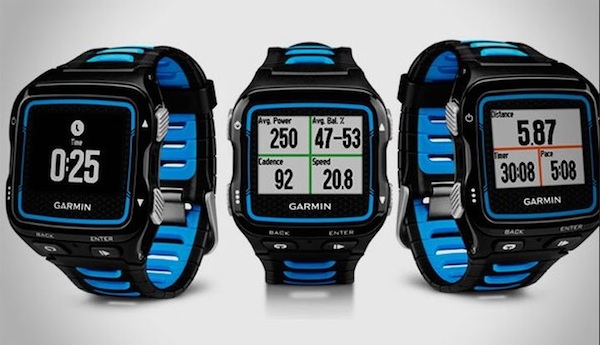 Having a good cycling watch can make an enormous difference in cycling, and not only because it will allow you to track your times. It gives you a wealth of data to analyze and specifically allows you to pin point what you need to improve upon.
Having a good cycling watch can make an enormous difference in cycling, and not only because it will allow you to track your times. It gives you a wealth of data to analyze and specifically allows you to pin point what you need to improve upon.
A good cycling watch is designed to stand up to the rigors of the sport, so you don’t need to worry about straps breaking or the clock face being destroyed on harsher falls.
If you’re in the market for a new cycling watch there are a wealth of options available to you, so we thought that we would take a little time to look at some of the best on the market and explain why they deserve to be wrapped around your wrist when you go for a ride.
Garmin has the highest quality products on the market; however, some also come with a big price tag! The Garmin 920XT is the best cycling watch on the market and truthfully, this watch is designed for triathletes, and not just cyclists. The Garmin 920XT comes with the kitchen sink! It will track power, cadence, heart rate, speed, VAM (vertical ascension metres – vertical climbed per hour), distance, time and many more critical pieces of data useful for analyzing your ride.
For Running it will track cadence, vertical oscillation and even ground contact time along with the myriad of other useful tools that all running watches have. Basically if you can imagine it, this watch will have it!
Swimming features include (but are not limited to) distance, pace, stroke type, stroke count drill logging and rest timers.
If you are looking for a top of the line cycling watch and plan to do any swimming or running this is the watch for you!
Garmin has built a reputation as a great watch maker because of products just like this, which is a versatile cycling watch that also has features for running, swimming and even golf. The large range of features are all easily accessible from a high quality, touchscreen display, making the watch clear and very easy to understand.
Couple that with a GPS system that will help out whenever you decide to tackle a new route, with a battery life of up to 3 weeks, and you can’t go wrong. Garmin even makes data fields and other apps available for free download.
Polar RCX5 Bike Heart Rate Monitor
This highly durable watch is designed for use by cyclists, runners and triathletes, so the design really has to be up to scratch to ensure that each gets the most out of it. Luckily, that is the case, so you will be able to use this watch and the in-built heart monitor to keep track of how you are developing when you train.
This cycling watch also comes with a two-year warranty, just in case something does happen, and features a training computer with a host of features to ensure you are training at the right intensity to reach your goals.
Bryton Amis S630R Multisport GPS Watch
Slightly garish colors aside, this cycling watch offers everything that you could possibly want in a nice and neat package. With a detailed GPS system, heart rate monitor and a handy bike mount, it is perfect for practically any cyclist.
Better yet, it also comes with a weather display that lets you know what conditions you are going to be facing, plus it can be linked to any Android-based phones so that you can keep track of incoming calls.
TomTom is one of the best producers of GPS systems in the world today, so you can be assured a high level of route planning accuracy with this sturdy cycling watch. It also comes with a heart rate monitor and cadence sensor so that you can keep track of your cycling speeds at all times.
The watch itself also features a large graphical display that makes it very easy to read and interpret the data that it puts out. TomTom takes full advantage of this with their Graphical Training Partner, which helps you to train effectively and better gauge the benefits of what you are currently doing.
Advertised as a heart rate monitor, this cycling watch offers so much more than simply keeping track of your heartbeat. It also comes packed with a range of Smart Coaching features that ensure you stay on the right track when it comes to making the gains you need from your cycling training.
Furthermore, the watch is waterproof and can be used for a number of sports, for which you can create individual profiles that you can switch between as needed. It can also be combined with a range of other Polar accessories, though these usually need to be purchased separately.
The best cycling watch period is currently the Garmin 920XT! It comes with more features than you are likely to use. If there is a cycling watch that is more sophisticated we have not come across it.
What cycling watch do you use? What is your favorite cycling watch? Let us know.
by U.M.
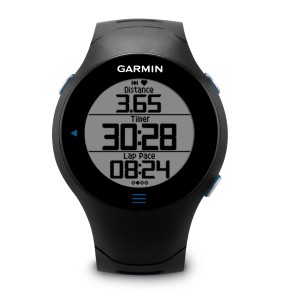 There are a number of accessories on the market today that can really help a keen cyclist to get the most out of the sport. While many of these are centered on improving efficiency and overall fitness, the usefulness of a cycling watch is often called into question. After all, what can a cycling watch offer that you can’t get from a regular watch?
There are a number of accessories on the market today that can really help a keen cyclist to get the most out of the sport. While many of these are centered on improving efficiency and overall fitness, the usefulness of a cycling watch is often called into question. After all, what can a cycling watch offer that you can’t get from a regular watch?
However, for those who like to keep close tabs on their performance levels, a cycling watch is a handy little device that tells them everything that they need to know about their current ride, in addition to offering a host of other features.
There are a number of cycling watches available, all of which bring their own ideas to the table, but the following is a look at some of the general features being introduced in the new generation of cycling watches that we think you will find useful.
It seems like only a few years ago that GPS was being touted as a big thing for cars, but now the technology is so refined that it can be placed into a good cycling watch and used to help you find your way around.
This is ideal for people who are cycling on a new route and are wary of getting lost, or for those who are aiming for high efficiency and don’t want to have to carry an entire map around with them for a long distance ride. Your watch will be able to tell you where to go and is a feature that many people find desirable, not to mention tracking where you have gone and how quickly you went.
Newer cycling watches, such as those offered by Apple and Garmin, not only help you keep time and track your performance, but can also be used in a similar manner to cellular phones as well. This allows you to keep track of text messages and even take calls while you are on the bike, without having to stop or worry about the safety concerns that come along with riding one-handed.
The main reason that many people buy a cycling watch is so that they can track their own performance during a ride. Many good watches will come with features like a heart rate monitor, calorie counter and stopwatch to make sure that you can keep track of all of the important things in the ride, in addition to being able to set yourself targets that you can check on as you go.
Furthermore, cycling watches are much more compact than many other devices that offer a similar set of features, so you don’t have to worry about being bogged down with additional weight or made to feel less comfortable during your ride.
If you are using cycling for fitness, or to get yourself into the sort of shape that will allow you to compete at events, a cycling watch can be of enormous benefit simply due to the array of features a good watch has to offer. Being able to track everything from your heart rate through to the exact times that you start and finish a section of your ride allows you to determine where you are making gains and what areas you need to continue working on.
Additionally, if you link your cycling watch to a program like Strava then it is by far the best training log that you can keep.
However, if the bike is just being used for the commute or the odd weekend cycling trip, a cycling watch would likely be a poor investment, as all you might need it for in those cases is to tell the time.
by U.M.
Film allows fans of a sport to connect with it on a level far beyond simply participating. There are many great cycling events that are watched by millions, all over the globe, with the likes of the Tour De France ranking high on the list of must-watch television for cycling fans.
Of course, like with many other sports, cycling has also been the subject of some truly brilliant films. Here we take a look at a few great cycling movies that you have to watch if you love your bike.
Anybody who has ever participated in an endurance race knows just how difficult it can be, and A Sunday in Hell chronicles the fiendish Paris-Roubaix race. This documentary follows some of the major players in the 1970s cycling game as they traverse one of the most difficult courses known to man, riding for more than 250 kilometers. Interviews with participants and in-depth coverage of the physical toll the race takes on the participants make it a riveting watch.
This touching story is based on the life of the Scottish amateur cyclist Graeme Obree as he attempts to take the world one-hour distance record despite suffering from a mental illness and having no sponsors to offer support.
Everybody needs a little comedy every now and again and this wonderful “coming of age” film does a brilliant job of demonstrating the enthusiasm that the sport of cycling can create in a younger generation. The film is so good that it was ranked as one of the top ten American sports films of all time by the American Film Institute.
It’s not often that cycling gets embroiled in the world of crime, but this Australian crime drama breaks the mold entirely. It follows a group of BMX enthusiasts who accidentally stumble upon a set of police radios that some bank robbers are aiming to use in their latest heist. There are chases aplenty as a result, including a memorable biking scene featuring the Manly Waterworks water slides.
Quicksilver charts the fall from grace of a young floor trader, played by Kevin Bacon, who takes up a job as a bicycle messenger after losing his family fortune on the stock market. It is a tale of redemption that also does a great job of showcasing the freedom that cycling can offer.
If you ever want to experience the Tour De France from the perspective of the competitors then this is the film for you. Chasing Legends follows Team Columbia-High Road and takes in their thoughts as a participating team in the grueling event. Look for a younger Mark Cavendish making waves during the course of the race.
The saga of Lance Armstrong placed a black mark over the sport of competitive racing, and this film chronicles his retirement and attempts to get back into the world of competitive cycling before the doping investigation that led to his lifetime ban from the sport. It is a fascinating character study into one of cycling’s most polarizing figures.
Klunkerz: A Film About Mountain Bikes
This riveting documentary takes a look into the early years of mountain biking, including its formative years in Northern California and the relationship of a variety of different groups who all contributed to getting the sport off the ground. It is a must-see for any fan of the sport of mountain biking.
This documentary covers the punishing Race Across America, which is a 3,000 mile cross country event that is only taken on by some of the best endurance racers around. The film covers the 2005 event, which begins tragically with the death of endurance cycling great Bob Breedlove and continues into a marvelous testament to the strength of the human will and spirit.
This quirky French animation is unlike every other film on this list, but is a sentimental favorite for any fans of the Tour De France. It follows the story of a young boy whose grandmother takes it upon herself to train him to become a champion in the most famous cycling event of all. It’s a touching and, at times, funny film that offers something a little more fantastical.
Dodging speeding cars, crazed cabbies and eight million cranky pedestrians is all in a day’s work for Wilee (Joseph Gordon-Levitt), the best of New York’s agile and aggressive bicycle messengers. It takes a special breed to ride the fixie – super lightweight, single-gear bikes with no brakes and riders who are equal part skilled cyclists and nutcases who risk becoming a smear on the pavement every time they head into traffic. But a guy who’s used to putting his life on the line is about to get more than even he is used to when his last envelope of the day – a routine “premium rush” run -turns into a life or death chase through the streets of Manhattan.
Sports physician Marcus persuades his unstable brother David to come with him and train for a bicycle race across the Rocky Mountains. He doesn’t tell him that he has a cerebral tumor. While David powerfully heads for the victory, Marcus has to realize that the contest is now beyond his capabilities. Features great views of the Rockies and an insight in the tactics of bicycle races.
These are some of the top cycling movies and most famous cycling movies produced to date. What are some of your favorite movies about cycling?
by Lee Agur
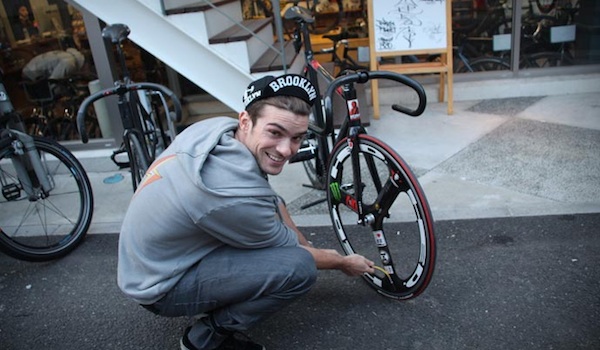
Are you looking for that competitive edge? Here are some amusing ways on how to beat your friends on a bike.
Put water in their tires
Deflate your friends tire and then take your bike pump and stick the end into a bucket of water, suck the water in and then pump it in to your friends tires.
Lower their seat post by a couple cm
Lowering your friends seat a couple centimetres will cause their quads to do most of the work and give them less power. It will also decrease their endurance as the quads scream for a break.
Make their brakes rub
Adjust the brakes ever so gently that the brakes are constantly rubbing. Be careful not to go overboard as they are sure to notice. Also make sure that once you have made the necessary brake adjustment that they are not too loud. All you need is a slight rubbing.
Sabotage their fuel
No one is going to get very far without proper fuel. Exchange gatorade bottles with plain water or… beer.
Let air out of their tires
Take the PSI down from 100 to 65. The lower psi will increase the rolling resistance… make sure you do not lower too much as it will be noticeable… and dangerous.
Replace saddlebags with heavy lead
Weigh the bike down as much as possible. Hide weight wherever possible, saddle bags are an obvious choice, but you can also take the handle bar caps off and hide weight in there or in a jersey… get creative.
Hold on to their seat… without them knowing
Catch a free ride. As your friend is riding, come up behind them slowly and gently grab the underside of their saddle, you can then slowly add more pressure without them knowing.
It is easier than it seems, just make sure to be gentle!
Do you have an ideas on how to beat your friends on a bike that we may be missing?
by Lee Agur
The best road bike lights enable you to see and for others to see you!
The main things to consider are when purchasing a light for your road bike are: how well you will be able to see long distance, how well you will be able to see mid-distance and of course the peripherals as well as if the light will actually fit on your bike.
The Niterider Lumina 750 is our overall favourite for the best road bike light on the market.
Price: $150
The Beam
The round beam has a decently wide view for middle distance but has a concentrated centre that will pierce into the night and light up anything at a long distance.
The light has 4 settings and will last 1. 5 hours at 750 lumens, 3 hours at 350 lumens, 5. 5 hours at 150 lumens, and 18 hours at 40 lumens.
The Mount
The mount is almost excessive, but will connect to most all round bars but not flat aero bars. It is extremely secure, so much so that we even use it on mountain bike rides. Other road bike light mounts can shake loose from the vibrations, but not this one.
Find the Nightrider Lumina 750 here.
Price: $130
The Beam
The Cateye Volt 700 is a sleek light that delivers a powerful punch, so much so that the peripheral light is a little lacking. As long as you are not going through twisty turns then the middle distance light is plentiful and the long distance beam is second to none.
Light time will last 2 hours on the maximum setting but with 5 different settings can last over 40 hours at its lowest setting of 100 lumens.
The Mount
The band allows the cateye to fit small aero bars as well as round bars.
Find the Cateye Volt 700 here.
Price: $150
The Beam
At 780 lumens this light is quite powerful and decent peripherals short and mid distance.
At the lights maximum power it will only last 1.5 hours; but has 4 separate settings to choose from reducing it to 200 lumens as its lowest setting.
The Mount
The mount is nearly the same as the niterider but won’t open quite as wide. It mainly fits round bars and not anything else.
Find the Moon X-Power 780 here.
There are several other lights out there but these three are the best road cycling lights that we have discovered. They all have enough lumens to light up the road ahead and be safe. Peripheral vision is just as important as long distance vision while out on the road.
What are some of you favourite road bike lights out there?
by Lee Agur
Now this would take some talent! How long do you think your commute would take?
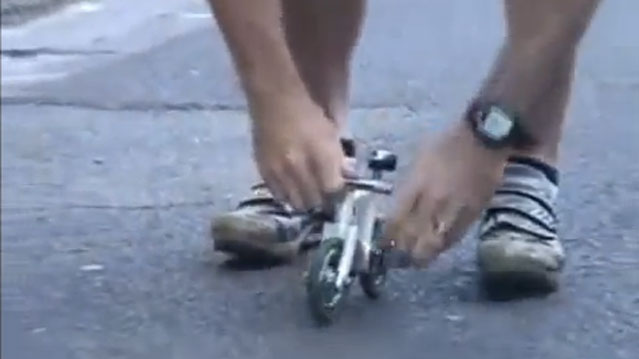
When I first started biking, in 1992, a 2.1 inch mountain bike tire was huge. At 13 years old I would settle for whatever I could talk my mom into buying for me. The day I upgraded from a Toys R Us bike to my first real bike was the happiest day of my life. My jet black 21 speed Trek 820 Antelope was the last bike my mom ever bought me; the next one would be on my dime. She was beautiful and quite an upgrade from the Alpine Vista that she replaced. The Antelope had Shimano rapid fire index shifting, quick release wheels and seat post, cantilever brakes and 2.10 inch tires! Oh boy, I was in the money with her. 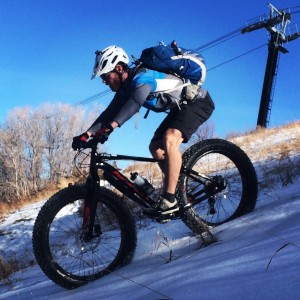
When I was sixteen I drove my truck—that my mom bought me— to the local bike shop. I had dropped out of the 5th grade so by the time I was sixteen I had a full time job and was making enough money to save some for large purchases. I went into the shop and gazed for a good 20 second with the shop employee before selecting the most expensive bike my hard earned $600 could afford. A bright yellow Gary Fischer Big Sur with a Rock Shock Indy front fork; I had graduated to a suspension bike!
After checkout I walked to my truck with my head held high, my new steed was brilliant. I admired her upgrades, V-Brakes, 8 speed cassette, threadless headset and her plush front end. Even the little things seemed amazing to me. She had a blue anodized aluminum cap on her stem that had, “all work and no play is no fun at…” engraved in a circle so you could continuously read it. I loved that.
When I lifter her up into the back of my truck I noticed something that seemed off, her tires were 1.95 inches wide! What was going on? I marched across the street and into the shop. With fire in my eyes I approached the shop employee and kindly said “So heeeey, I noticed that the tires on that bike are not two tens. What’s up with that?” The guy at the shop looked at me like I was nuts and said “Why would you want such a fat tire?”
Apparently, in 1995 skinny was the new fat—2.10 tires in 1992 were considered fat— everyone wanted a tire with low rolling resistance and so were the days of narrow racing tires and semi-slicks. I would eventually buy a pair of semi-slicks—knobs on the sides and “texture” down the middle—for my Big Sur. They were super fast, till you hit a wet root and went from cyclist to sack of potatoes in 0.2 seconds.
Fast forward 20 years and the ebb and flow of tire size has been like the weak equatorial tides of Trinidad and Tobago, occasionally reaching an extreme of 2.6 or 1.75 inches before returning back to the mean but, a few years ago, a tidal wave hit the bike market.
In 2005, Surly released the Pugsley. The Pugsley was a beast, and the first time most of us ever saw a fat bike in person. They had 3.5 inch tires and would ride over sand and snow better than anything else commercially available. Now, fat bikes had been made and used since the 1980s but in places like Alaska. In the late 2000s they started pooping up here and there but now, they seem to be everywhere.
With Trek and Specialized jumping on board the wagon, cyclists everywhere are getting a chance to take a fatty out for a ride. I personally have always liked a muscular looking bike, something with a little Oomph behind it. I compare it to the likes of track athletes, a decathlete is a good size and well rounded but a shot-putter just seems a bit one dimensional. I just felt like a fatty seemed like a lot of work to ride.
A month ago I was in Park City visiting a long time friend. Stu and I have known each other for about 15 years and we’ve had our fair share of adventures together. Midnight stealth rides up the Mt Washington Auto Road, Tele-Ski Shwacking through the Mahoosucs, and self designed epics with titles like “The Suffering Man” or “Hills of Doom” and this trip would be noteworthy as well.
When I went to visit Stu the plan was to ski tour, but a bad high ankle sprain from and Ass-Clown crashing into me at Ultimate left me in-ski-pacitated. As a guide Stu had access to White Pine Touring center and it’s shop full of goodies, amongst the treasure were a fleet of new fat bikes. They had the Trek Fatty McFatterson with standard 3.5 inch tires and the new Specialized McFatsinyourmouth with massive 4.6 inch tires. I figured “what the hell?” might as well jump on the fatty wagon just to say “been there, done that.”
Let me tell you that these things are amazing! 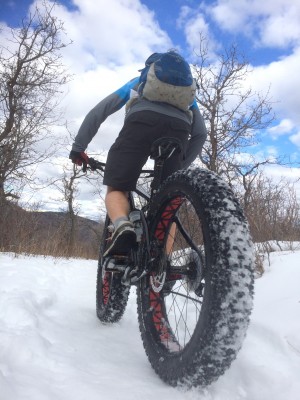
We spent about ten hours on them and rode everything from frozen snow single track with boiler plate to muddy trails to black diamond ski runs with 12 inches of mashed potatoes on them and these bikes were phenomenal. They are quick and agile, they only weigh about 28 pounds and considering the girth, all I have to say is “Damn!” I mean, we rode hard and fast on everything. Powerslides around switch backs, carving loose snow and rolling over anything you could hit.
At then end of the day I could barely walk, and my cheeks hurt from 10 straight hours of grinning like an idiot. If you have the means I highly recommend picking one up.
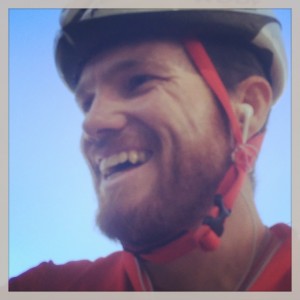
I’d been riding for 16 hours in the summer sun. The temperature hovered around 95 all day. After arriving at the campsite I found myself sitting on the picnic table; the sweat had stopped flowing hours ago. Knowing where I was I reached out with my phone to snap a selfie. Everything hurt. My head was foggy and my body dysfunctional. I mustered the strength to stand and pulled out my sleeping pad. As I leaned over I was surprised to see a stream of drool fall from my lips; I had assumed all my bodily fluids were being used for basic cellular functions. I wasn’t aware of much but I did know that I left everything I had out there on the road
The day started early. My alarm went off at 6:00 AM and I was on the road 45 minutes later. I had packed Penne the night before with a modified dry bag strapped to her saddle and another dry bag under her aero bars. We were riding from Charlotte to Duck. I had been invited by my good friend Scott to join him and his wife to celebrate Memorial Day 390 miles to the East. They own a beach house on the outer banks and would be coming down from NYC for the long weekend. Remembering that I had been involved with ultra-cycling for three years, I jumped at the idea of a epic training ride. However, I neglected to remember my involvement was largely as a spectator.
By noon I had stopped only once to stave off the heat under a farm-stand awning and to consume a large quantity of watermelon. By three o’clock, however, I had stopped three more times. Once to try and not vomit the large quantity of watermelon I had consumed, a second to reverse my position about not vomiting said large quantity of watermelon. And the third because I either passed out or fell asleep on my bike.
I decided to lie down in the shade for a moment at stop number three. I had only covered 130 miles in 9 hours. Granted 130 miles in the 95 degree sun, loaded for touring over constant rolling terrain, is not too shabby. I wondered when I would finish the other 70 miles I had planned for that day. I had hoped to pull into the campsite around 7:00 PM, that would have put my average speed at just under 17 miles per hour, a feat I believed to be achievable. I was wrong.
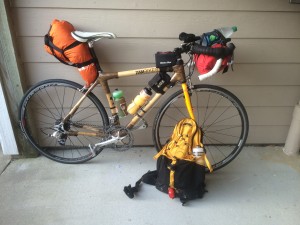
At eight o’clock PM I lay useless in a ditch. I was 30 miles from my destination and could not think of getting back on my bike. I couldn’t imagine laying in the ditch either, all I could do was lay down and cry. I had given my all to the road. My rear end was raw, my legs would no longer push, my feet were numb and my back was aching. I couldn’t think of anything else to do but sit there, broken.
After about ten minutes of self pity my phone rang. I answered and heard the voice of my girlfriend June. She was at home, in the air conditioned bedroom, having just finished dinner. I grumbled to her about this and that: the heat, the sun, the wind and the hills. She, being a two time Race Across America crew, told me what I could do with my complaining. “Hey jackass!” She yelled into the phone “You were the one that wanted to go for a 400 mile bike ride. Stop crying like a wimp and drag your lazy ass off the ground!”
After a few more minutes of verbal abuse I wiped the salty tears from my eyes and climbed back on Penne. We started moving and I pushed down on the pedals for about three minutes before I was in tears again. I couldn’t think straight but I knew I needed a simple goal if I was to continue. Three more became my mantra. If I could do three pedal strokes I would keep moving.
I pushed out three good ones, then took a break as I coasted. Three more I thought and my body responded. Three more, three more, three more. That’s how it went for another two and a half hours. Every climb felt like alpe d’heuz and every second was, a moment of hell, frozen in time. I stopped drinking after the first hour. That was a mistake, but I was fixated on three more and nothing else.
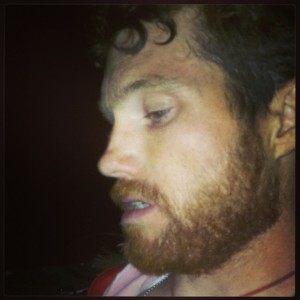
I had fallen into the pain cave and I would not emerge until 3:00 AM when I woke with a splitting headache (a by product of moderate to severe dehydration). Every cyclist and endurance junkie finds the pain cave at some point in their life. Some find it right away and others it takes more time, but everyone finds it, how deep you go inside is all up to you.
by Lee Agur
Rated 18A. If you are easily offended please do not read on… This is meant to be light hearted and funny.
1. Let’s ride hard and fast together and see who comes first!
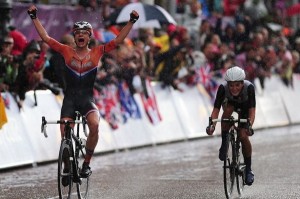
2. Put the fun between your legs.
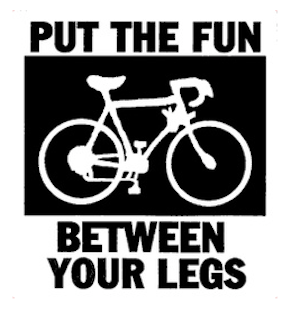
3. It’s as hard as titanium but as smooth as carbon.
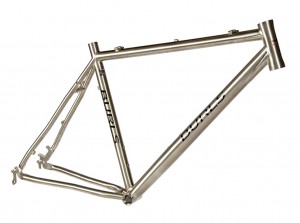
4. Sprint finish for KOM?
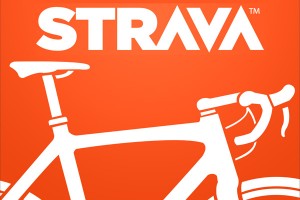
5. I want to grease your gears.
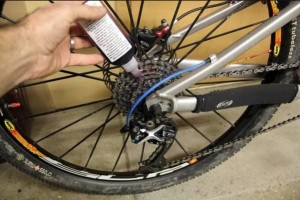
6. Let’s go tandem.
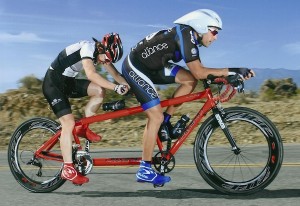
7. I love your nice sleek smooth frame!
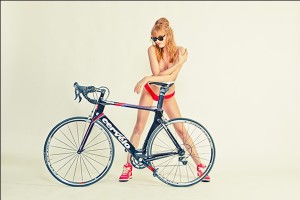
8. I’m in the mood for a hard and bumpy ride.
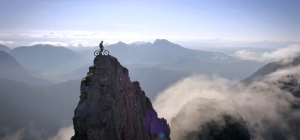
9. Ring my bell.
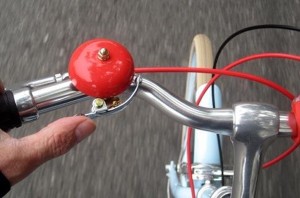
10. If you want euphoric pleasure beyond your dreams that can last all weekend, look no further it’s between my legs. So grab my handle bars , shift into gear and make sure your tire pressure is set for this ride. Oh yes, and you will need lots of water, extra oil, and eye protection. Hold on tight there are quite a few hills ahead. Your feet are going to be clipped in so you can pump hard. Go ahead and scream with delight anytime you feel the need to. We are on a highway to the pleasure dome.
